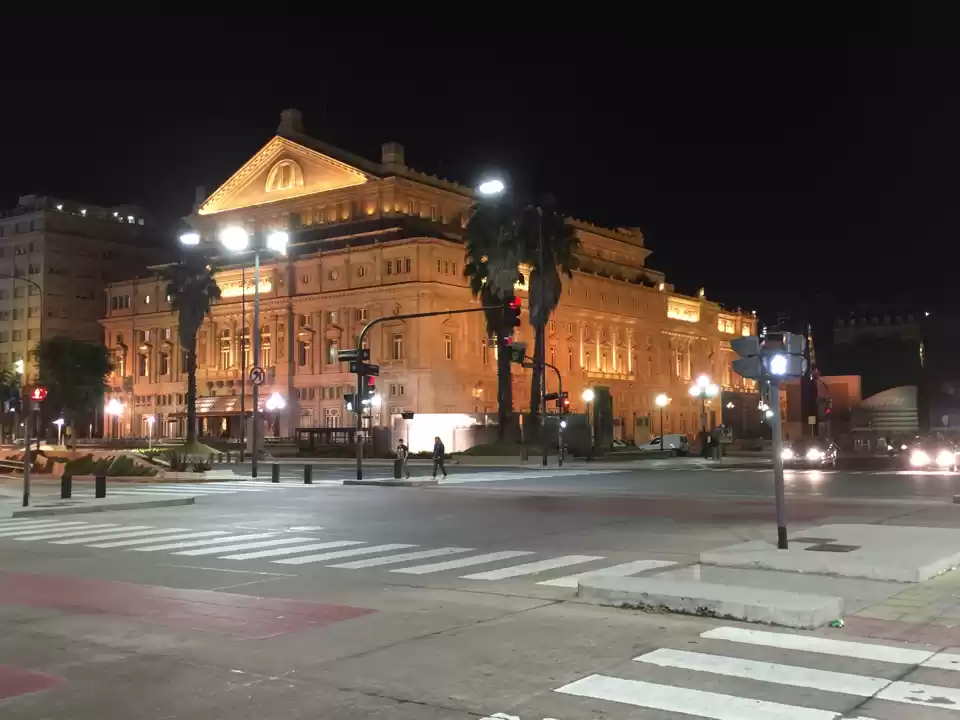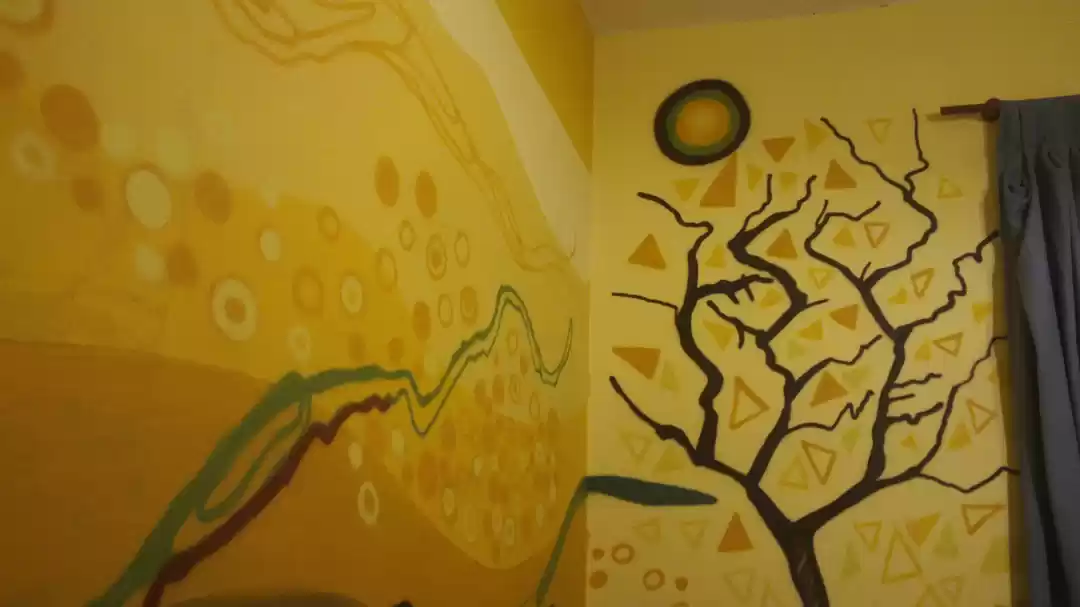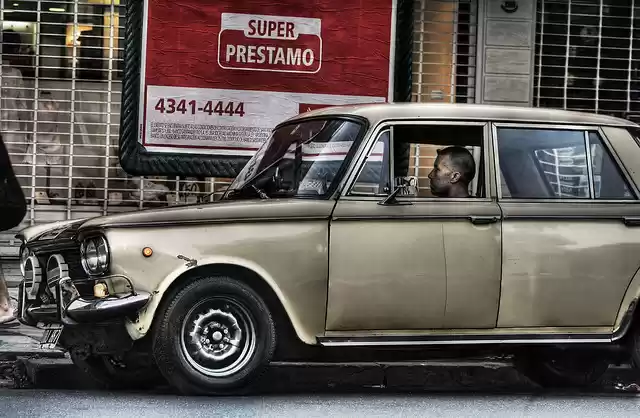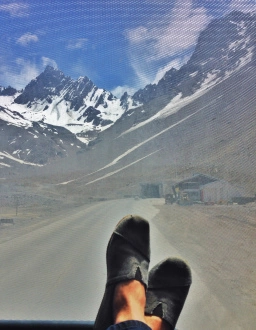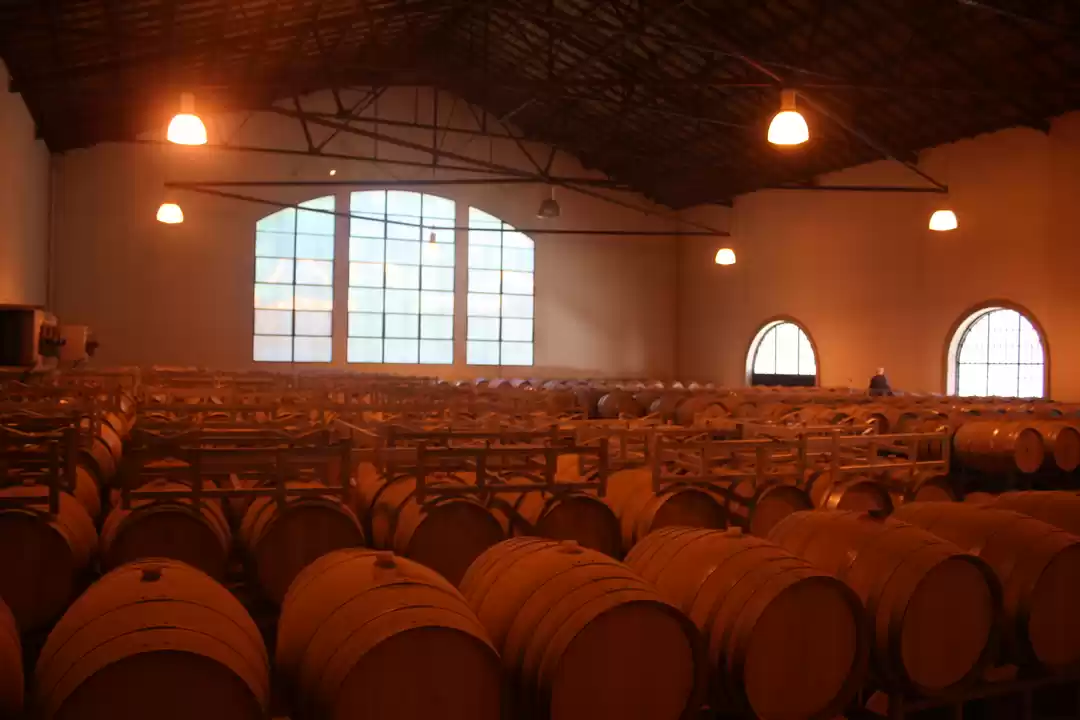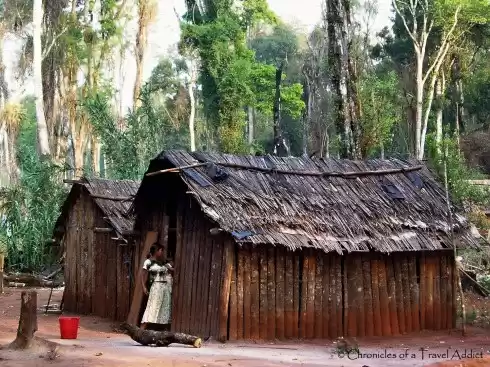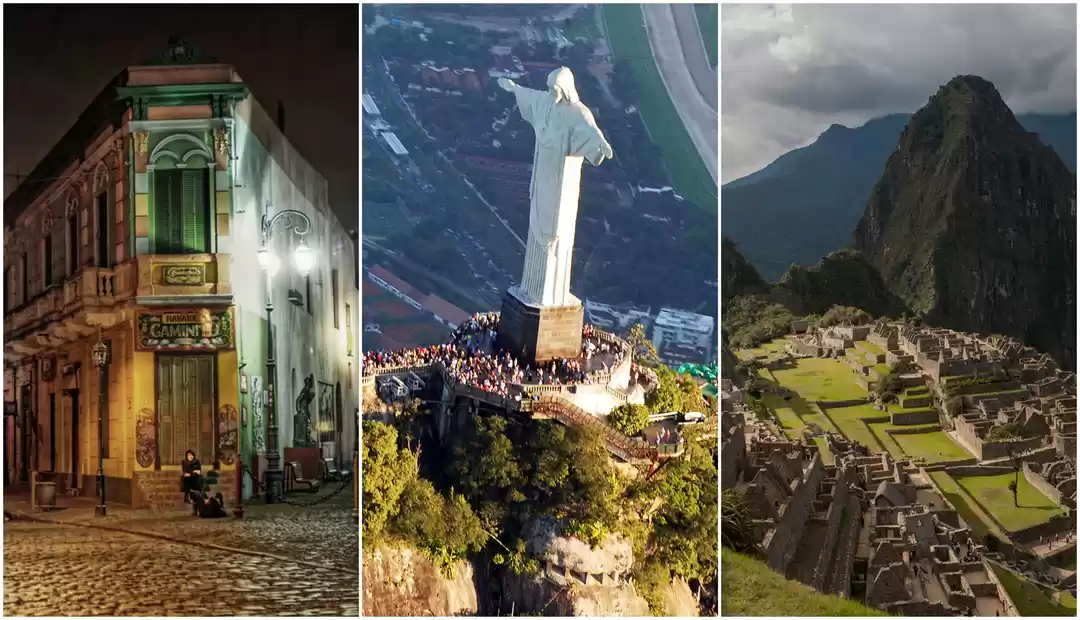When most people think of South America they think of salsa, carnival, llamas and Incas. These are iconic associations with the continent, but a lot of tourists and backpackers never see past the postcard imagery. For these travelers the continent means exotic jungles and Latin flair, not European culture and inheritance. But the fascinating thing about Argentina is that it arguably has as much connection to Europe as it does to its Latin neighbours.

Argentina’s Culture
Argentina owes much of its culture and everyday lifestyle to Europe. Obviously, Argentina’s primary language is Spanish, and its people are predominantly descended from Spain too. The Spanish colonisers arrived at the start of the 16th Century, and since then the fingerprints of western European culture and traditions can be found all over Argentine food, drink, art, music, architecture and sport.
Argentina’s beating economic and cultural heart is Buenos Aires. Like most large capitals its arteries are clogged up with traffic, but the meat of the city is altogether a different proposition both figuratively and literally – Argentinians have the highest consumption of red meat in the world. This is a country famous for its beef, and the quintessential eating experience is Asado – a large barbeque where everything and anything that used to be an animal is seasoned and cooked until coarsely charcoaled on the outside but still red, juicy and tender inside. With their huge portions of thick, succulent meat a visit to a Buenos Aires restaurant is truly a carnivore’s delight.

Food & Drink in Argentina
But the effect of Spanish colonisation and Italian immigration has meant that many of the Argentine staple foods are inherited from Europe. So while the Argentinians have perfected the art of serving up sizzling South American steak, some of their foods like pasta, pizza, sausages and desserts hail from Europe. So for every plate of empanadas that seem synonymous with Argentina, there’s a bowl of spaghetti being served in an Italian restaurant in downtown Buenos Aires.
This influence can be seen in drink, too. Máte - a sharing drink of hot water infused with bitter leaves and often lots of sugar – might seem quintessentially Argentinian, but the concept of drinking tea, as well as the pastime of taking afternoon tea, was actually introduced by the British. Similarly, wine from Mendoza might seem fundamentally South American, but the original vine cuttings were brought over from Spain centuries ago. It’s the same with grapes – the region’s most famous wines are made from Malbec and Bonarda, which were imported from France and Spain respectively.
Argentina’s Architecture
Delving deeper into Argentina’s cultural landscape reveals a rich European influence. There is a strong theme of colonialism running through the country, and despite growing in size cities like Buenos Aires, Mendoza and Salta have worked hard to conserve their colonial architecture. Buenos Aires suburbs such as La Boca and San Telmo have a suitably charming, Old World magic based on European aesthetics. A splash of dilapidation seems to add to the romance. On the other end of the spectrum the capital’s world-class theatre, the Teatro Colón, has renovated yet also tried to maintain its French-romantic style. Architectural design reveals so much about a society’s history and cultural roots, so it’s no surprise Argentinians are keen to preserve it.
Art, Music, & Sports

European heritage can be found in Argentinian art and music, too. Although the country did not embrace Impressionist art, the movement inspired post-Impressionism in Argentina – one of the country’s greatest periods, producing artists such as Ramón Silva and Martin Malharro. And while Argentina has produced a number of its own original musical and dance art forms, the most popular genre among the youngest generation is rock music. Rock was originally imported from Europe and America, but embraced and reinvented to form a newish genre: Argentine rock, or rock nacional.
As for sport, the adoption of football from Europe has proved to be a popular one. The national sport is officially pato – a game played with a six-handle ball on horseback – but it’s not commonly played or watched. The ‘people’s’ national game is football, and the rivalry of the two biggest club sides, Buenos Aires’ Boca Juniors and River Plate, culminates in a heated derby dubbed the Superclásico.
Argentina has its own identity and culture, but it can’t be denied that this amazing South American nation owes so much to its European ancestry. As a traveller, you should explore both the South American nation as well as Europe. Argentina is probably best explored by bus, while train or ferry is arguably the easiest way to get around Europe. If you’re going to travel by water, make sure you compare ferry prices to get the best deal. Just remember that every drop of New World wine, bite of steak has its roots back in the Old World!


